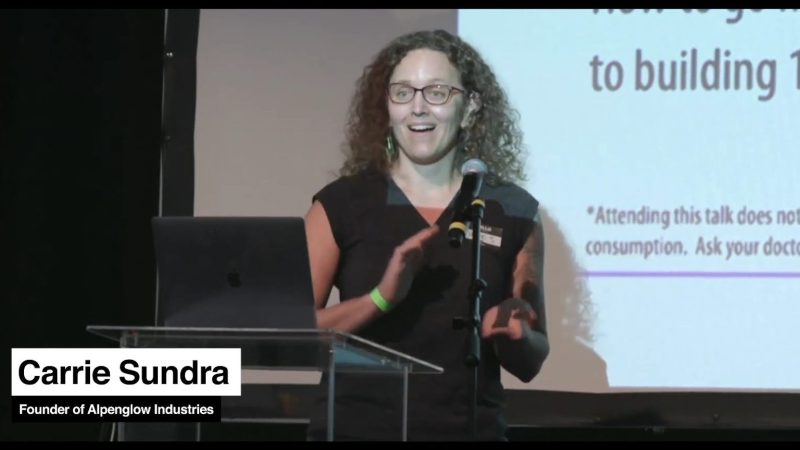Making hardware is hard. This is doubly true when you’re developing a niche hardware device that might have a total production run in the hundreds of units instead of something mass market. [Carrie Sundra] has been through the process several times, and has bestowed her wisdom on how not to screw it up.
The internet is strewn with the remains of unfulfilled crowdfunding campaigns for tantalizing devices that seemed so simple when they showed of the prototype. How does one get something from the workbench into the world without losing their life savings and reputation?
[Sundra] walks us through her process for product development that has seen several products successfully launch without an army of pitchfork-wielding fiber crafters line up at her door. One of the first concepts she stresses is that you should design your products around the mantra, “Once it leaves your shop IT SHOULD NEVER COME BACK.” If you design for user-serviceability from the beginning, you can eliminate most warranty returns and probably make it easier to manufacture your widget to boot.
She wireframes the manufacturing process as a four step process including a proof of concept, prototype, preproduction/beta units, and finally the actual production units. Most makers will be familiar with the proof of concept you build to solve your problem and the slightly more presentable prototype you bring to show off at the local hackerspace or Maker Faire. What trips up many would-be entrepreneurs is thinking that once you’ve gone through a few iterations of the prototype, you’re ready to launch.
[Sundra] says that while it might seem attractive to skip the beta stage, what happens is that your first production run becomes your beta and you end up with a lot of unhappy people with partially-functional devices. Customers “come up with all sorts of other cool ways to break your stuff,” she says. Instead, you should build a pre-production device with all the components that you plan to use in the final prototype, but only sell it to 12 hand-picked customers. Charge them wholesale prices so they are getting a discount, but with the stipulation that they give you feedback, testimonials, and help marketing the device to the community once all the bugs shake out.
Be sure to listen to the beta group’s feedback and fix any actual issues with the device. Don’t ask them ahead of time if they want a particular feature since that way lies scope creep. If there’s something glaring that you missed they will let you know during the testing phase. While it may seem weird to require someone to pay to be your guinea pig, feedback on a free device would be very different than something they had to purchase.
[Sundra] stresses you should think hard before trying to use 3D printers and other prototyping tools for even small batch production since consistency can vary so much between runs. It’s often better to get someone else to build your parts since their job is to make sure you have a consistent run instead of spending all your own time troubleshooting machines.
To reduce costs, make sure you get quotes from multiple vendors and don’t be afraid to employ “sneaky and ruthless simplification.” [Sundra] said she avoids power buttons when possible, since they introduce another point of failure and cost money and time to implement. One of her devices uses a long press on a function button for power after users didn’t like not having one, while another just gets plugged or unplugged from the wall.
Scaling up is “mostly a game of being organized and writing stuff down.” If you run a test, make sure you write down the results because you never know when you might have to go back and remember why you picked part 74 over 76. (Hello, chip shortage!) When it comes time for crowdfunding, keep it simple so you don’t overpromise and underdeliver. If you think you can do something better, pleasantly surprise your customers so they’ll rave about you instead of the reverse.
If you want to see more awesome talks like this, unfortunately, tickets for this year’s Supercon are already sold out, but they’ll all be livestreamed for everyone, including the keynote by Cory Doctorow.

















I like her beta testing advice.
Same. I do it with 3D printed parts and it works pretty well. Just explicitly tell the customer that they’re getting a beta product and you want their feedback. Offer a replacement if it sucks (this is fine for cheap 3D printed products, less-so for PCBs)